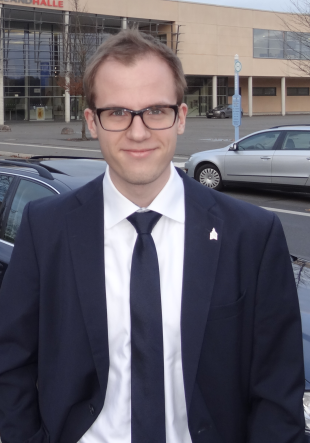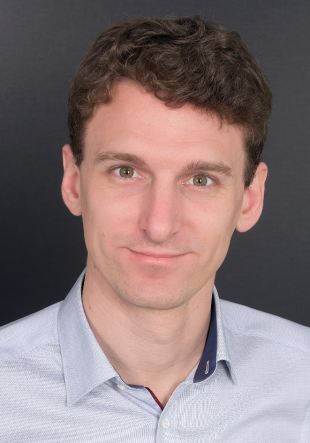Microlocal Methods for Hyperbolic Dynamics
Overview
A fundamental paradigm of statistical physics states that sufficiently complex systems tend very quickly to equilibrium. In the 80s Pollicott and Ruelle developed the notion of resonances for a certain class of dynamical systems (Axiom A systems) in order to prove this convergence towards equilibrium rigorously. These resonances, nowadays often called Pollicott-Ruelle resonances, are a discrete set of complex numbers that can be associated to a dynamical system. Information about the distribution of these resonances in the complex plane then allows to draw important conclusions about the convergence properties of the dynamical system.In the past years it has been understood how one can obtain the resonances of a hyperbolic dynamical system as the discrete spectrum of a gloabally defined linear operator. This reinterpretation revolutionized the field as it did not only allow to obtain much stronger results on the distribution of the resonances. In addition, this reinterpretation allowed to establish a multitude of links to other areas of mathematics (such as zeta functions, spectral geometry, topology, and inverse problems) in which the resonances found applications. These far-reaching applications could be established even though the class of Axiom A systems forms a rather restrictive class among the systems in question. A first core area of this project is thus to extend the spectral theory of Pollicott-Ruelle resonances systematically to more general dynamical systems. A particular focus will be put on hyperbolic flows beyond the Axiom A class and higher rank Anosov actions. A second core area is to develop new applications for the spectral theory of Pollicott-Ruelle resonances, both in the already established framework of Axiom A systems as well as in the setting of the newly developed more general systems. A first example for such applications is the construction of new multivariate zeta functions based on the spectral theory of Anosov actions which will have implications on the counting of closed torus orbits. A second example are Pollicott-Ruelle resonances and resonant states on arithmetic locally symmetric spaces which are expected to lead to new representations of modular forms and Eisenstein series.
DFG Programme Independent Junior Research Groups
Key Facts
- Grant Number:
- 422642921
- Project type:
- Research
- Project duration:
- 08/2019 - 07/2025
- Funded by:
- DFG




